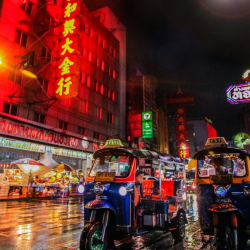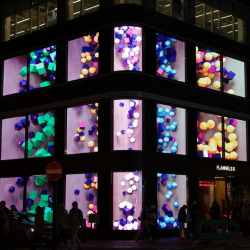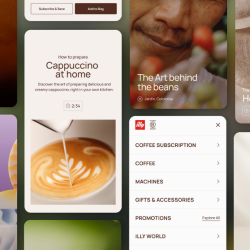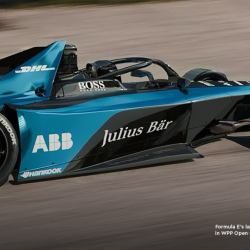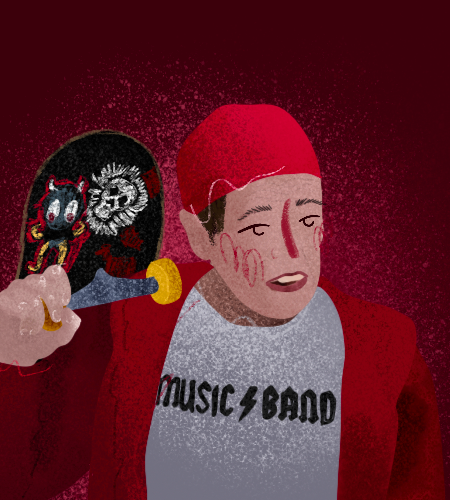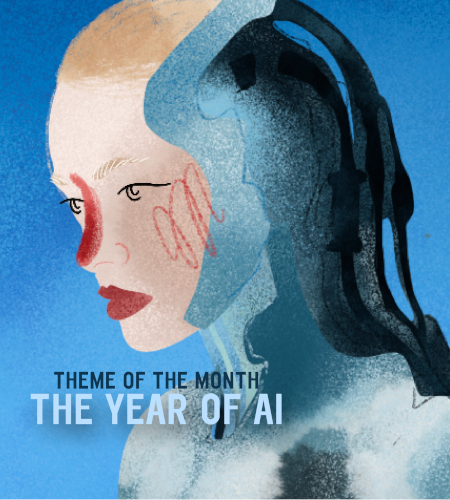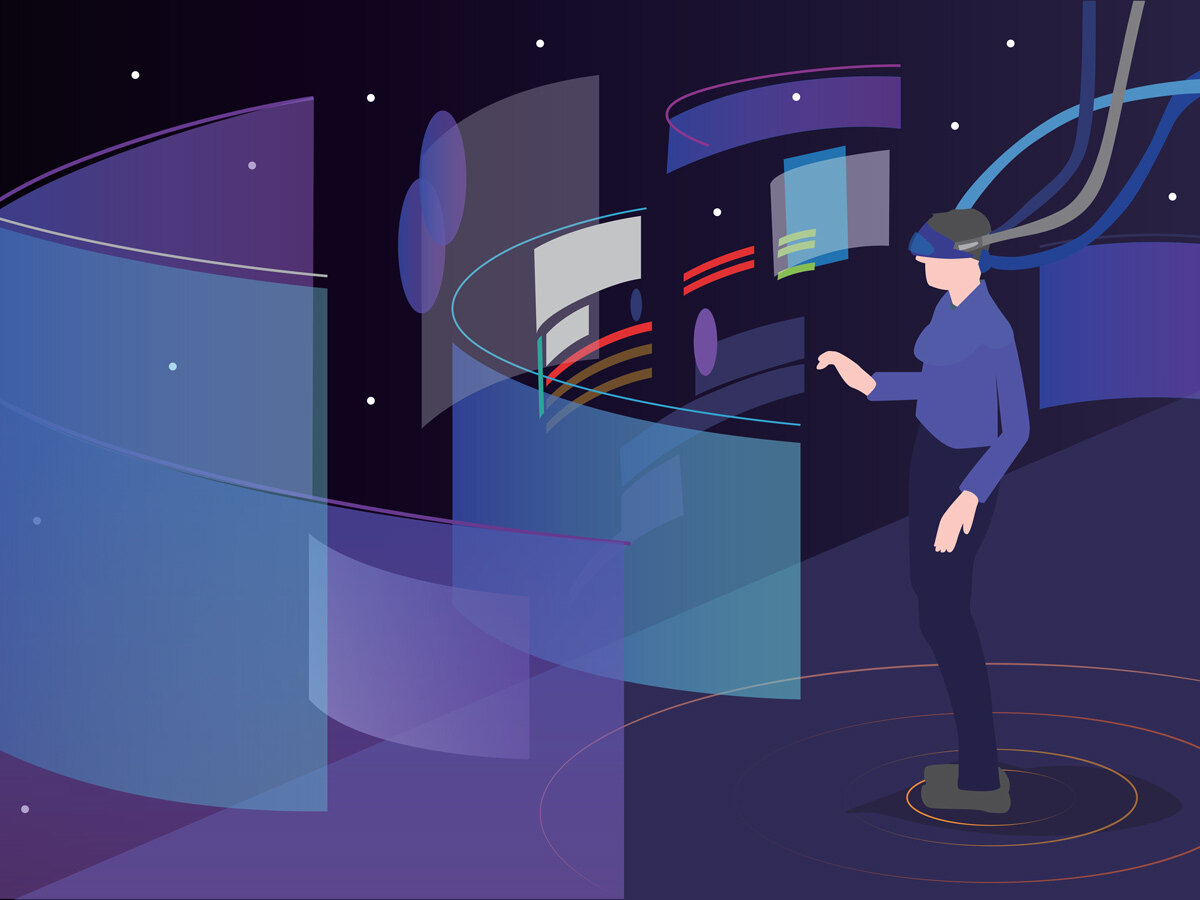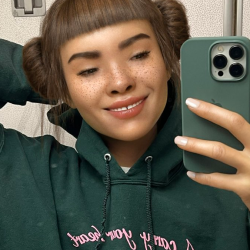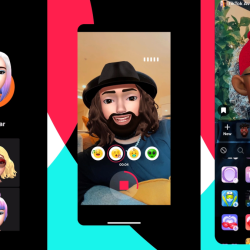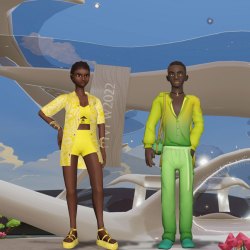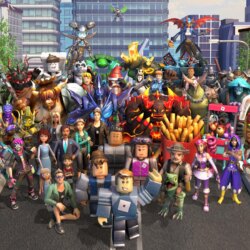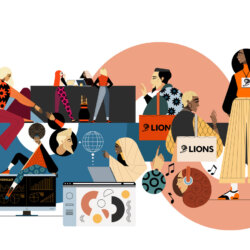Today, humankind is at a turning point when it comes to considering relationships across distance. The ongoing pandemic, which has required some serious amount of physical and social distancing, has also led people to meet and get together in digital environments with an increasing range of shared human experiences. Suddenly, everyone started to feel that connection over distance with a sense of presence.
Some of the common practices so far have been family reunions on Zoom, friends gathering on Houseparty, endless work meetings on Google Hangouts or Microsoft Teams, graduation ceremonies on Minecraft, canceled weddings moving onto Animal Crossing, so on and so forth. Whilst online social gatherings have become more mainstream since the pandemic, online video games also have been increasing their world-building. Gaming platforms are being used to host various meetings, from massive online concerts to online birthday parties to movie premiers to job interviews – accompanied by tons of avatars rejoicing their online and social presence in this newly emerged space called the “Metaverse”.
But what is this fancy Metaverse term that has got many industries talking lately, from technology to innovation to entertainment to even advertising?
From 2D to 3D
When defining the Metaverse, there is no single agreed-upon definition and since it is still a developing trend, to pin down the Metaverse is not a simple task. “I’m always wary of when people say the Metaverse will be this because, in my opinion, nobody is really qualified to make that call yet,” Peter Gasston, a technologist and Innovation Lead at VCCP noted when I chatted with him about the topic.
For a quite long time, we’ve had our mobile phones and the internet, hence we’ve been connecting with each other over 2D surfaces – but this is deemed to change. In its most basic definition, the Metaverse is a shared 3D space where users can see other people, interact and share experiences. “A term that describes shared, three-dimensional and digitally-driven spaces, but which may ultimately combine physical and online elements,” as Meaghan Fitzgerald, Head of Experiences Product Marketing at Facebook Reality Labs puts it.
The etymology and technology of Metaverse
In fact, the indefinite successor to the internet was first coined by the author Neal Stephenson 30 years ago as the term Metaverse appeared in his science fiction book ‘Snow Crash’ published in 1992. In his book, humans in the form of avatars interact with each other in a 3D world.
The word “Metaverse” is derived from the prefix “meta” that means “beyond” and the stem “verse” that means “universe”. But if we dig deeper, today, the Metaverse is a collective, shared virtual space that is formed by the merging of the physical world (i.e., virtually enhanced physical reality) and the virtual world (i.e., physically persistent virtual space).
This virtual world continuously grows and evolves based on the decisions and actions of the society within where people are represented by digital avatars. A common movie reference given by the technologists and futurists to grasp this concept is Steven Spielberg’s 2018 film, Ready Player One, which was essentially based on the book of the same name – Ernest Cline’s 2011 science-fiction novel. (Note that, the events take place in the not-so-distant future but in 2045.)
“If we define the Metaverse as just people spending more time in digital spaces, I think that’s probably more realistic than the idea of a fully virtual world where there are no rules or anything can happen,” Gasston argued after referencing the same movie as a reflection of a Metaverse. “The dream of the Metaverse is all joined up and all connected, but I think the reality at the moment is we have multiple verses or multiverse model. Instead of one big universe, there are fifty small universes and the dream of Metaverse is to join all those up.”
When we look at the technologies being used to create the Metaverse, we can see that in a broader sense, it is the combination of many exciting technologies – some of them are new and emerging while some others are existing ones e.g., Extended Reality (XR) which consists of Virtual Reality (VR), Augmented Reality (AR) and Mixed Reality (MR) and the internet. Plus, more tech trends are expected to be added to that equation as layers in the upcoming years. Especially, growing access to 5G is going to facilitate the ongoing development of Metaverse.
It’s not just games anymore…
A new league of online gaming platforms is taking the world by storm where players are able to transcend reality for brand new and innovative alternatives. Fortnite, Minecraft, Animal Crossing and Roblox are the elite class of games skyrocketing in usage and expected to continue this trend upward.
But if we are to look at gaming to understand the Metaverse and how it will influence our relationship with technology and each other in ways ever anticipated and unanticipated, the two prominent examples at the moment are Fortnite and Roblox – these are regarded as the beginning of the Metaverse, with their founders already describing their platforms as such. Last year, Fortnite-maker Epic Games announced that the multi-platform multi-player game now has over 350 million registered users. This year, Roblox creators and developers are set to earn $500 million as the company completed its IPO in March with a market cap of $45 billion. But more importantly, both of them have been reportedly developing a shared gaming world where players and even brands interact in the same physically persistent virtual space – a space that people have been longing for in the online video conferencing era.
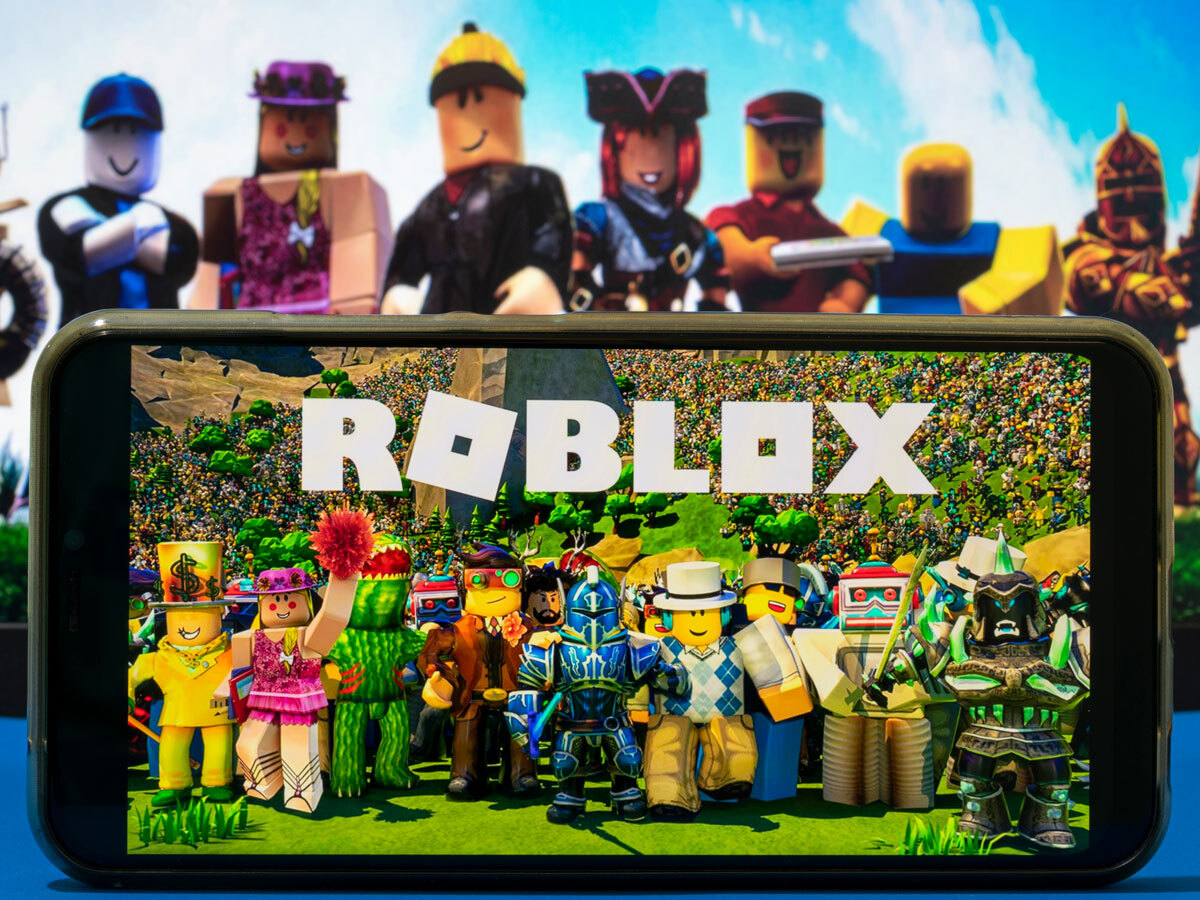
The growing centrality of online games
Within the Metaverse, games have become a place to hang out, attend different events and see friends. Understandably, the more people come together in those virtual spaces for shared experiences, the more important their self-identity and online presence become – which then translates into how a human is the center of the Metaverse.
“One of the big growth areas at the moment is around identity, avatars, and all of these things. Because the more you spend time in digital spaces, the more you are represented by not your physical body but by your avatar. So if you are able to do it –this doesn’t mean that it will definitely happen–, you can use the same avatar in the game of Fortnite for example, and the same avatar when you go to a virtual concert and in another place when you do a virtual video call with your friends. So you will have this kind of representative,” Gasston says. “This is what people are banking on. There’s a lot of start-ups working in this space right now, thinking about avatar, fashion, and digital fashion. If I had this avatar, I can buy a virtual outfit from this place and then wear it in this game. I can transport my identity from this place to another place and all becomes joined up. It’s the purest dream of being able to transport to your identity across all of these different spaces.”
Tim Sweeney, the CEO of Epic Games, the company behind Fortnite, revealed his big plans for the platform and highlighted that their ambition is to evolve beyond being just a game and turn into a phenomenon by building something like a metaverse from science fiction. In a similar vein, Roblox already positions itself as a ‘Metaverse’ where players can create their own avatars and environments to have fun such as virtual theme parks or scuba diving. Dave Baszucki, the Founder and CEO of Roblox teamed up with Ready Player One author Ernest Cline to promote the idea of an online place where we work and play and entertain ourselves in the spirit of building his version of ‘Oasis’.
To that end, both companies have also been moving beyond their shoot-em-up gameplay and towards virtual concerts. Last year, Fortnite released ‘Party Royale’ – a mode that is not about gaming but rather a place to hang out, chill and manifest yourself. To this date, major artists like Marshmello and Travis Scott broke records by holding stunning virtual concerts on Fortnite and demonstrated what a virtual concert could and should look like, while Disney collaborated with Fortnite to promote Star Wars franchise within it. Meanwhile, Lil Nas X’s virtual concert on Roblox generated seven-digit dollar sales in just a few days according to the company, competing with Fortnite’s record-breaking Travis Scott event, which both happened in 2020. In 2021, the number of these massive and immersive virtual events is expected to rise and this will essentially push the boundaries of creativity and interactivity.
Today, companies like Facebook also position themselves towards the Metaverse with its virtual reality social media platform Horizon (currently in beta), and Live Maps. Microsoft, Niantic, Magic Leap, and many others are soon to jump on the bandwagon.
The technology convergence is inevitable
Looking at some mega-trends, the Internet was born in the 1960s but managed to reach one billion users in 2005.
Artificial Intelligence (AI) took off in the 1950s and until the late 1990s, it was only being used for data mining and other logical deduction tasks. However, it has been all over the place making the news and headlines mainly since 2016, as new technologies or trends related to AI keep emerging.
Certainly, the Metaverse has a way to go before it becomes mainstream and reaches a billion users, yet many small metaverses have started to emerge today. Consequently, we can discern the momentum adding up and in the face of the pandemic and in the post-pandemic era, this momentum will increase significantly and faster. In the near future, this technology will accelerate at an exponential rate, thus our physical and digital lives will converge much further. We will see a shift in culture – the way people play, work, learn or simply hang out. Some of our habits will eventually move into the Metaverse and within the next few decades, its applications will exceed our wildest imaginations. “It is a great time for experimentation and that’s what’s happening now,” Gasston says.
So it is safe to say that the Metaverse is poised to be the next mega-trend that is underway amid new developments. Professionals across industries, as well as brands or companies seeking to keep up with the future, need to ask themselves what this Metaverse would entail for them and for the world.
Featured image: is.a.bella / Shutterstock.com
